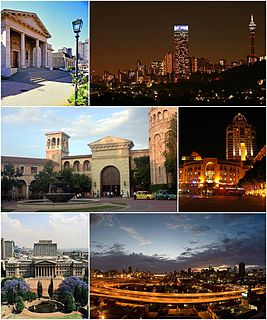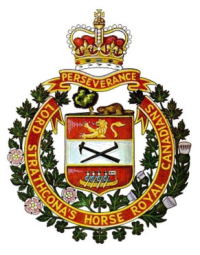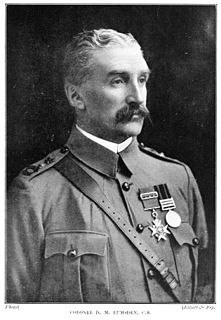
Lumsden's Horse, also known as Colonel Lumsden′s Corps, was the name given to the Indian Mounted Infantry Corps, which was formed in Calcutta in 1899 by Lieutenant-Colonel Dugald McTavish Lumsden of the Assam Valley Light Horse. The new corps was raised from volunteers from various existing Indian regiments, including the Assam Valley Light Horse. Colonel Lumsden contributed 50,000 rupees.
The Assam Valley Light Horse regiment was raised in 1891 and formed part of Indian Volunteer Force, later the Indian Defence Force and finally the Auxiliary Force (India).
The Corps left Calcutta 250 strong in February 1900 to take part in the Second Boer War, under the command of Field Marshal Lord Roberts. The Corps took part in the march to Bloemfontein, the occupation of Johannesburg and Pretoria, the pursuit of de Wet, and the Barberton & De Kaap campaigns against the Boers.

The Second Boer War was fought between the British Empire and two Boer states, the South African Republic and the Orange Free State, over the Empire's influence in South Africa. It is also known variously as the Boer War, Anglo-Boer War, or South African War. Initial Boer attacks were successful, and although British reinforcements later reversed these, the war continued for years with Boer guerrilla warfare, until harsh British counter-measures brought them to terms.

Field Marshal Frederick Sleigh Roberts, 1st Earl Roberts, was one of the most successful British military commanders of his time. He served in the Indian Rebellion, the Expedition to Abyssinia and the Second Anglo-Afghan War before leading British Forces to success in the Second Boer War. He also became the last Commander-in-Chief of the Forces before the post was abolished in 1904. He was known and referred to as "Bobs". His son was called "Young Bobs".

Johannesburg is the largest city in South Africa and one of the 50 largest urban areas in the world. It is the provincial capital and largest city of Gauteng, which is the wealthiest province in South Africa. While Johannesburg is not one of South Africa's three capital cities, it is the seat of the Constitutional Court. The city is located in the mineral-rich Witwatersrand range of hills and is the centre of large-scale gold and diamond trade.
Lord Curzon, Viceroy and Governor General of India placed a memorial tablet in St.Paul's Cathedral, Calcutta. It lists those of the Corps who died in action and in sickness.

St. Paul's Cathedral is a CNI Cathedral of Anglican background in Kolkata, West Bengal, India, noted for its Gothic architecture. It is the seat of the Diocese of Calcutta. The cornerstone was laid in 1839; the building was completed in 1847. It is said to be the largest cathedral in Kolkata and the first Episcopal Church in Asia. It was also the first cathedral built in the overseas territory of the British Empire. The edifice stands on Cathedral Road on the "island of attractions" to provide for more space for the growing population of the European community in Calcutta in the 1800s.
Lieutenant-Colonel Dugald McTavish Lumsden was formally appointed Commandant in March 1900, with Lieutenant-Colonel Eden Showers from the Surma Valley Light Horse as second in command. [1] Showers was succeeded by Major Henry Chamney in late April 1900.
This unit should not be confused with another horse regiment, the famous Guides Cavalry, which was founded by Harry Burnett Lumsden, whose surname was eventually added to that regimental title too: Queen Victoria's Own Guides Cavalry (Lumsden's).

Lieutenant-General Sir Harry Burnett "Joe" Lumsden was a British military officer active in India.











